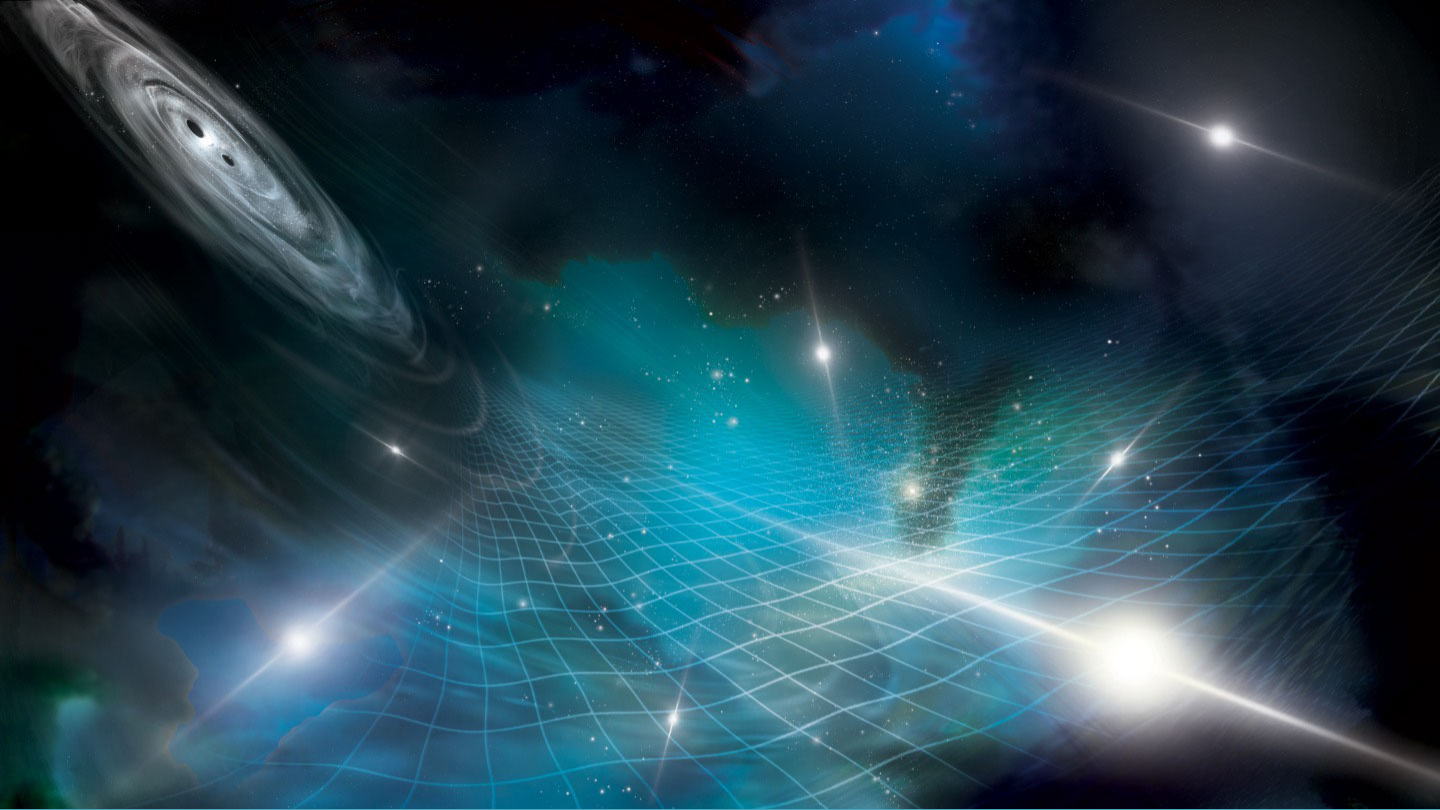
Citations
G. Agazie et al. (2023). Characterization and Noise Budget of the NANOGrav 15-Year Data Set. Astrophysical Journal Letters. doi: 10.3847/2041-8213/acda88.
G. Agazie et al. (2023). Evidence for a Gravitational-Wave Background in the NANOGrav 15-Year Data Set. Astrophysical Journal Letters. doi: 10.3847/2041-8213/acdac6.
G. Agazie et al. (2023). Observations and Timing of 68 Millisecond Pulsars in the NANOGrav 15-Year Data Set. Astrophysical Journal Letters. doi: 10.3847/2041-8213/acda9a.
A. Afzal et al. (2023). Search for Signals from New Physics in the NANOGrav 15-Year Data Set. Astrophysical Journal Letters. doi: 10.3847/2041-8213/acdc91
G. Agazie et al. (2023). An Astrophysical Interpretation of a Gravitational Wave Background from Supermassive Black Hole Binaries in the NANOGrav 15-Year Data Set. Astrophysical Journal Letters. (In press).
J. Antoniadis et al. (2023). The Second Data Release from the European Pulsar Timing Array I. The Dataset and Timing Analysis. Astronomy & Astrophysics.
J. Antoniadis et al. (2023). The Second Data Release from the European Pulsar Timing Array II. Customised Pulsar Noise Models for Spatially Correlated Gravitational Waves. Astronomy & Astrophysics.
J. Antoniadis et al. (2023). The Second Data Release from the European Pulsar Timing Array III. Search for Gravitational Wave Signals. Astronomy & Astrophysics.
A. Zic et al. (2023). The Parkes Pulsar Timing Array Third Data Release. Publications of the Astronomical Society of Australia.
D.J. Reardon et al. (2023). Search for an Isotropic Gravitational-Wave Background with the Parkes Pulsar Timing Array. Astrophysical Journal Letters.
D.J. Reardon et al. (2023). Characterizing Noise in Millisecond Pulsar Observations with the Parkes Pulsar Timing Array: The Gravitational-Wave Background Null Hypothesis. Astrophysical Journal Letters.
H. Xu et al. (2023). Searching for the Nano-Hertz Stochastic Gravitational Wave Background with the Chinese Pulsar Timing Array Data Release I. Research in Astronomy and Astrophysics. doi: 10.1088/1674-4527/acdfa5.
Denial of responsibility! SamacharCentrl is an automatic aggregator of Global media. In each content, the hyperlink to the primary source is specified. All trademarks belong to their rightful owners, and all materials to their authors. For any complaint, please reach us at – [email protected]. We will take necessary action within 24 hours.

Shambhu Kumar is a science communicator, making complex scientific topics accessible to all. His articles explore breakthroughs in various scientific disciplines, from space exploration to cutting-edge research.

